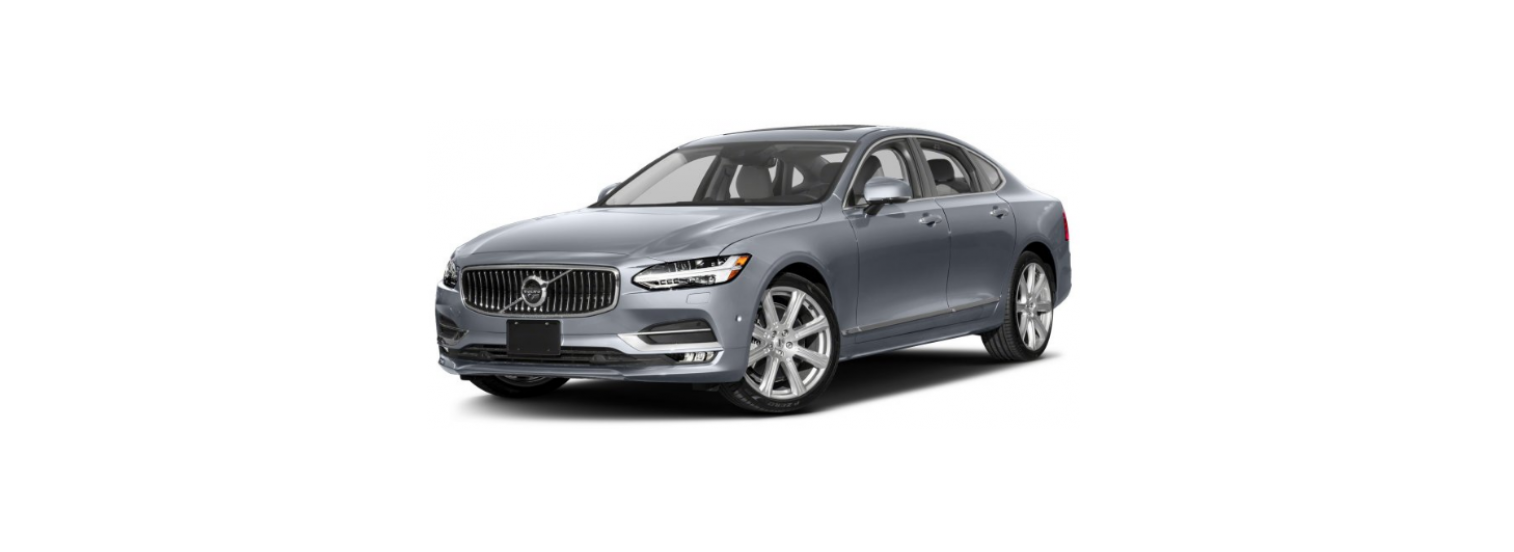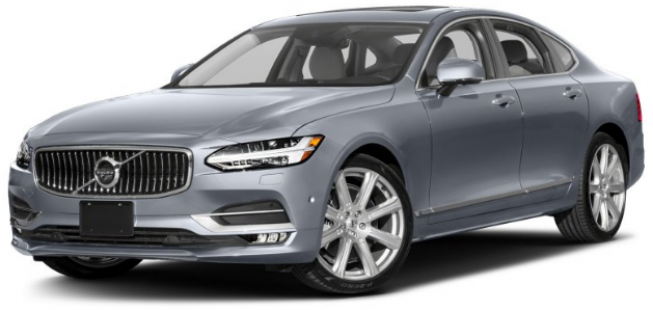

- Environmental care is one of Volvo Cars’ core values and influences all operations. The environmental work is based on the whole life cycle of the car and takes into account the environmental impact it has, from design to scrapping and recycling. Volvo Cars’ basic principle is that every new product developed must have less impact on the environment than the product it replaces.
- Volvo’s environmental management work has resulted in the development of more effective and less polluting drivelines. The personal environment is also important to Volvo – the air inside a Volvo is, for example, cleaner than the air outside thanks to the climate control system.
- Your Volvo complies with stringent international environmental standards. All Volvo’s manufacturing units must be ISO 14001 certified, and this supports a systematic approach to the operation’s environmental issues, which leads to continuous improvement with reduced environmental impact. Holding the ISO certificate also means that environmental laws and regulations in force are complied with. Volvo also requires that its partners must also meet these requirements.
Since a large part of a car’s total environmental impact stems from its use, the emphasis of Volvo Cars’ environmental work is on reducing fuel consumption, carbon dioxide emissions, and other air pollutants. Volvo cars have competitive fuel consumption in each of their respective classes. Lower fuel consumption generally results in lower emissions of the greenhouse gas, carbon dioxide.
An energy-efficient and economical car can contribute to reduced environmental impact and also involve reduced costs for the owner of the car. As the driver, it is easy to reduce fuel consumption and thereby save money and contribute to a better environment – here is some advice:
- Plan for an effective average speed. Speeds above approx. 80 km/h (approx. 50 mph) and below 50 km/h (approx. 30 mph) lead to increased energy consumption.
- Follow the Service and Warranty Booklet’s recommended intervals for service and maintenance of the car.
- Avoid letting the engine idle – switch off the engine when stationary for longer periods. Pay attention to local regulations.
- Plan the journey – a lot of unnecessary stops and uneven speed contribute to increased fuel consumption.
- Use preconditioning before starting in cold conditions – it improves starting capacity and reduces wear in cold weather. The engine reaches normal operating temperature more quickly, which decreases consumption and reduces emissions.
Also remember to always dispose of environmentally hazardous waste, such as batteries and oil, in an environmentally safe manner. Consult a workshop in the event of uncertainty about how this type of waste should be discarded – an authorized Volvo workshop is recommended.
Clean air in the passenger compartment
- An air filter helps prevent dust and pollen from entering the passenger compartment via the air intake.
- The Interior Air Quality System (IAQS) ensures that the incoming air is cleaner than the air in the traffic outside.
- The system cleans the air in the passenger compartment from contaminants such as particles, hydrocarbons, nitrous oxides, and ground-level ozone. If the outside air is contaminated then the air intake is closed and the air is recirculated. Such a situation may arise in heavy traffic, queues, and tunnels for example.
- IAQS is a part of the Clean Zone Interior Package (CZIP), which also includes a function that allows the fan to start when the car is unlocked with the key.
Online connectivity and entertainment
- The car has an intelligent interface and offers online connectivity with the digital world. An intuitive navigation structure makes it possible to receive relevant support, information, and entertainment when it is necessary.
- It covers all solutions in the car that are connected with entertainment, online connectivity, navigation, and the user interface between driver and car.
Fair Use Policy
Your use of connectivity services that is part of your vehicle is subject to this Fair Use Policy. When using this Service you agree not to
- submit content that is unlawful, obscene, libelous, threatening, harassing, hateful, racially or ethnically offensive, or otherwise inappropriate
- use the Service in breach of any applicable law
- use the Service for commercial purposes.
Your access to the Service is part of shared access. Volvo reserves the right to suspend your access to or use of the Service if your use involves very high volumes of data, disproportionate to other users. Volvo may also suspend your access for technical reasons or to protect other functions of your vehicle. Your access to connectivity services is covered by third-party terms and conditions from the mobile network service provider.
Information when it is needed, where it is needed
The different displays in the car provide information at the right time. The information is shown in different locations based on how it should be prioritized by the driver.
Different types of information are shown in different displays depending on how the information should be prioritized.
- The driver display shows the information on speed, road sign information, warning and indicator symbols, and information on the battery, for example. The driver display can also show incoming calls or information on what song tracks are being played back. The display is operated via the two steering wheel keypads.
- Many of the car’s primary functions are controlled from the centre display, e.g. the climate control system, the entertainment system, and the seat position. The centre display also shows the information on navigation and road sign information, for example. The information that is shown in the centre display can be acted on by the driver or someone else in the car when the opportunity arises.
Head-up display
The head-up display shows selected information that the driver should deal with as soon as possible. Such information may, for example, include traffic warnings, speed information and navigation information. Road Sign Information and incoming phone calls are also shown in the head-up display. The display is operated via the right-hand steering wheel keypad and via the centre display.



